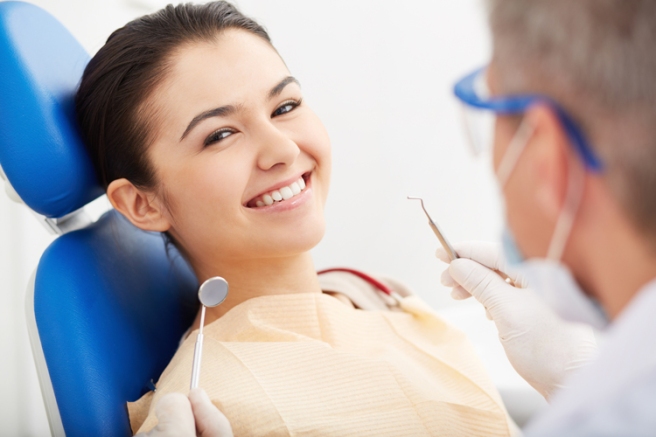
In later stages of periodontal disease, gums can pull away from teeth, leaving the roots exposed and vulnerable. The damage of gum disease cannot be reversed, but gum grafting may be used to restore lost tissue and reduce the risk of damage to the tooth roots or tooth loss.
A gum graft is a procedure in which tissues are grafted over the exposed roots of the tooth. This tissue is often taken from the palate or an area of healthy gum tissue. If you do not have enough healthy tissue for a graft, donor tissue or synthetic materials can be used to regenerate new gum tissue. A gum graft can be performed on one or more teeth depending on your condition and needs.
Most patients will recover quickly, but some pain and discomfort are normal. You might need to adjust your diet for a few days to avoid disrupting the healing tissues. Additionally, you will need to take special precautions while brushing and flossing to maintain the integrity of the graft sites.
If you suffer from periodontitis and have suffered extensive gum recession, you might be a candidate for a gum graft. Call our office today to schedule your appointment with our Los Angeles periodontist.
 Gum disease is an infection that attacks the tissues that surround the teeth. Also called periodontal disease, the infection typically starts at the gum line where the teeth meet the gums. In the earliest stage, which is known as gingivitis, gums can look swollen and inflamed, but in more advanced cases of periodontitis, gums and the other supporting tissues can be damaged and destroyed, leading to tooth and bone loss.
Gum disease is an infection that attacks the tissues that surround the teeth. Also called periodontal disease, the infection typically starts at the gum line where the teeth meet the gums. In the earliest stage, which is known as gingivitis, gums can look swollen and inflamed, but in more advanced cases of periodontitis, gums and the other supporting tissues can be damaged and destroyed, leading to tooth and bone loss.